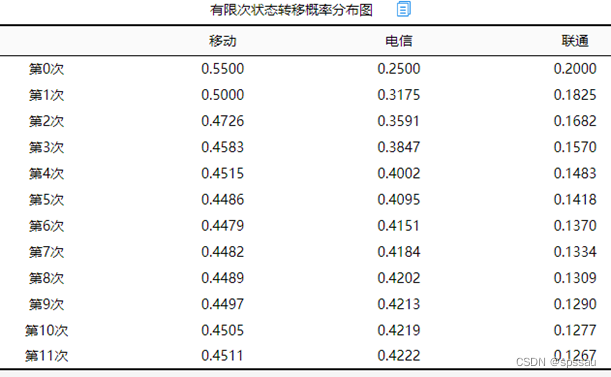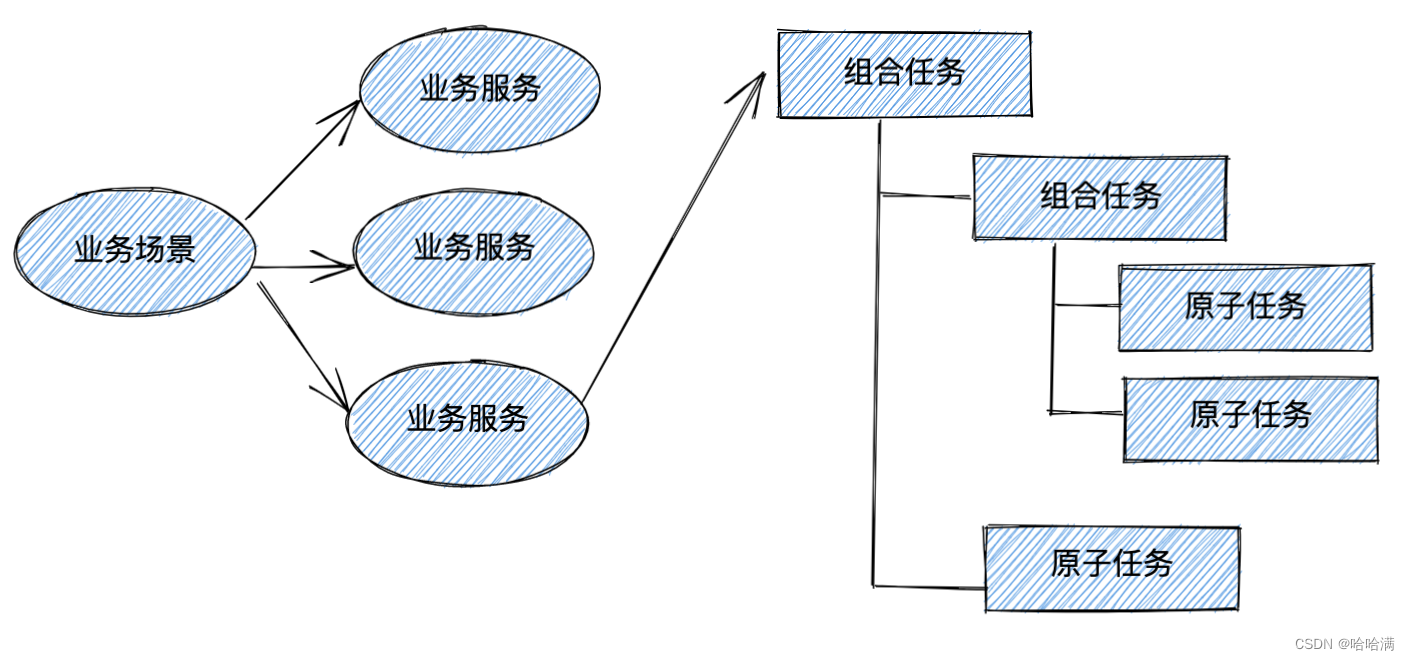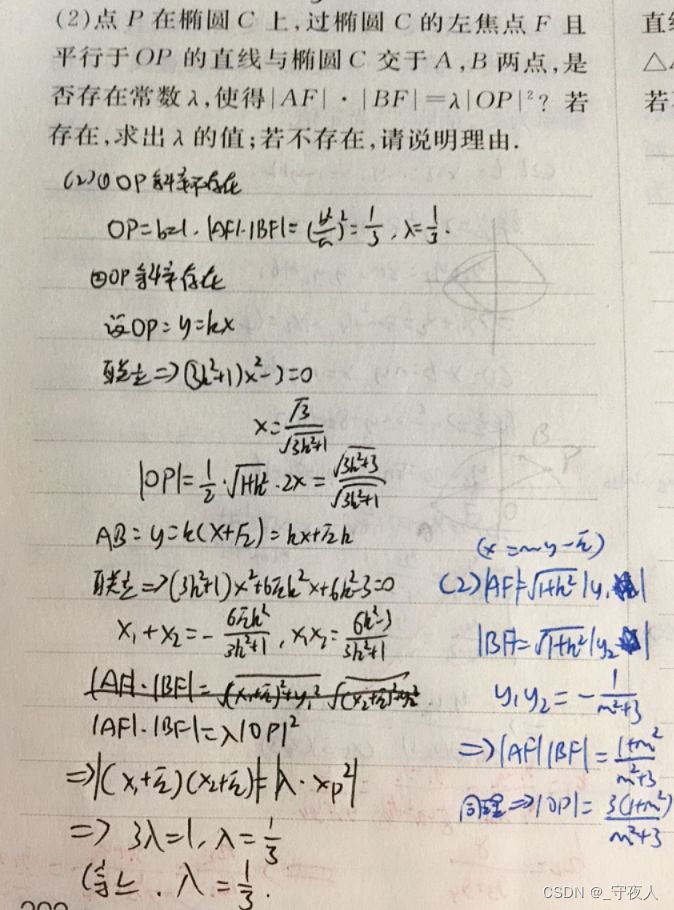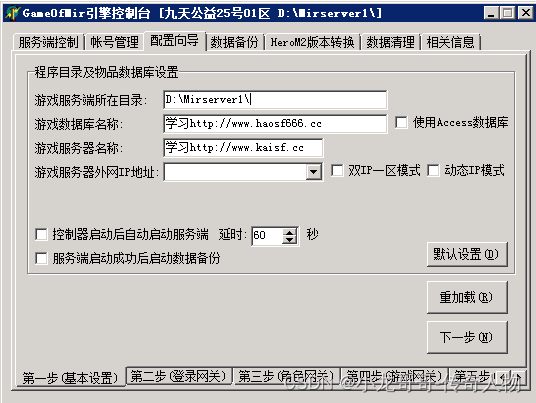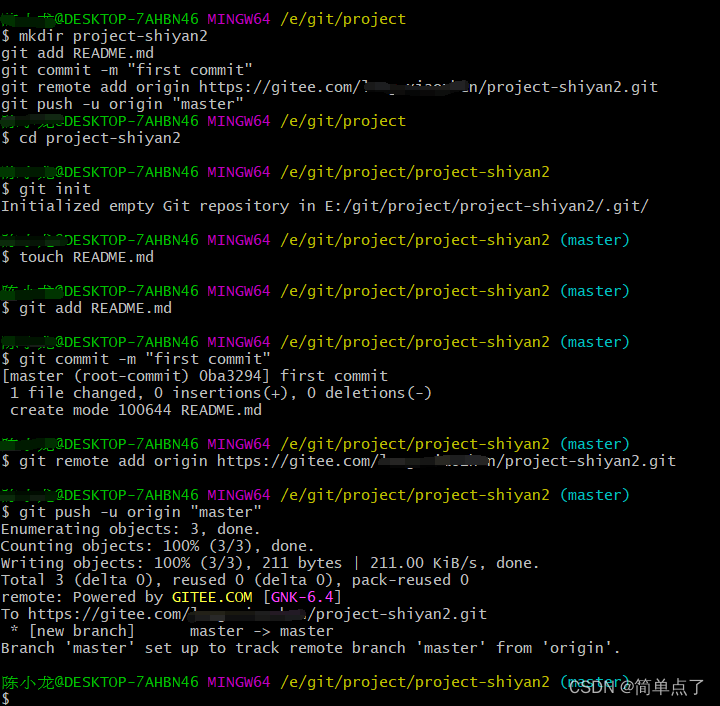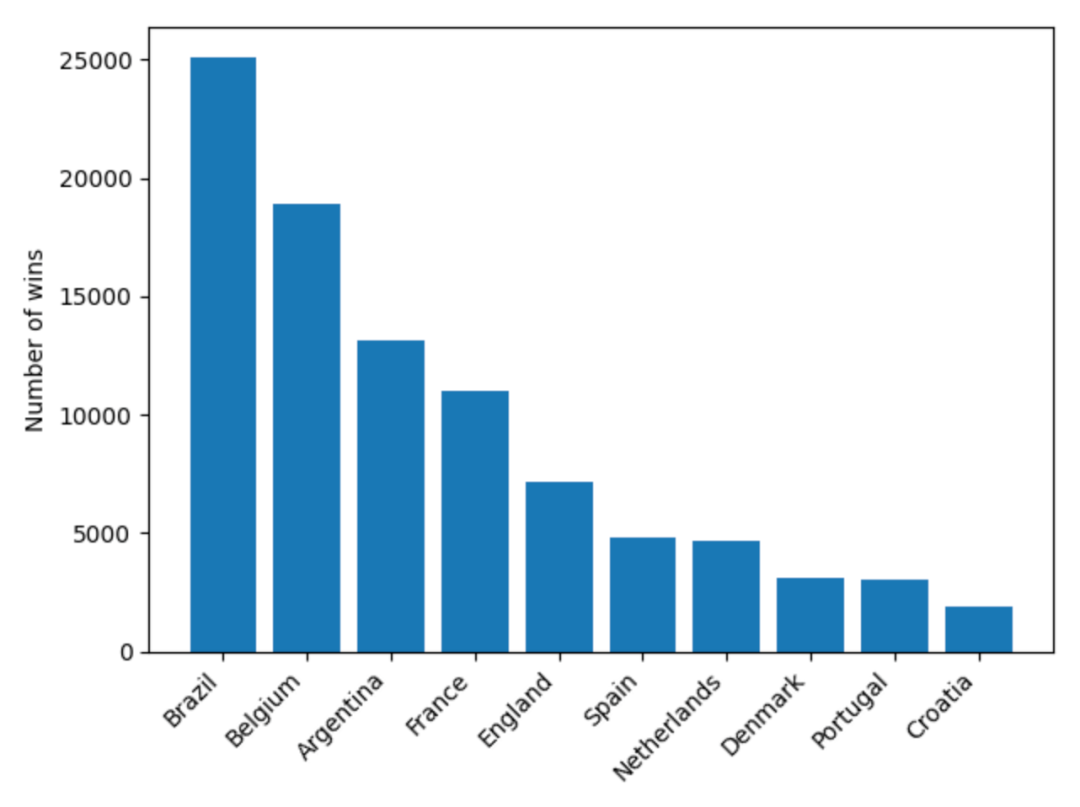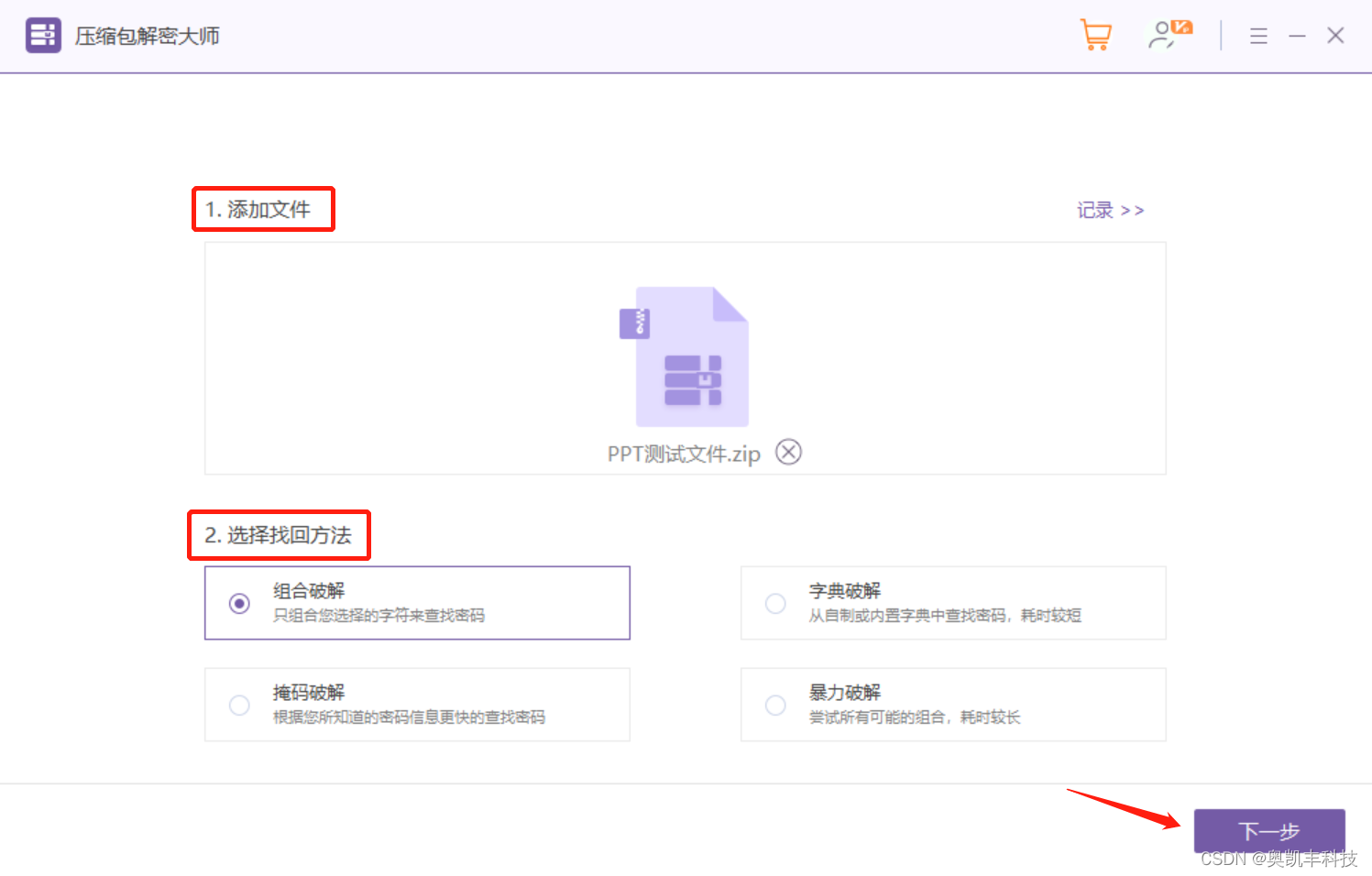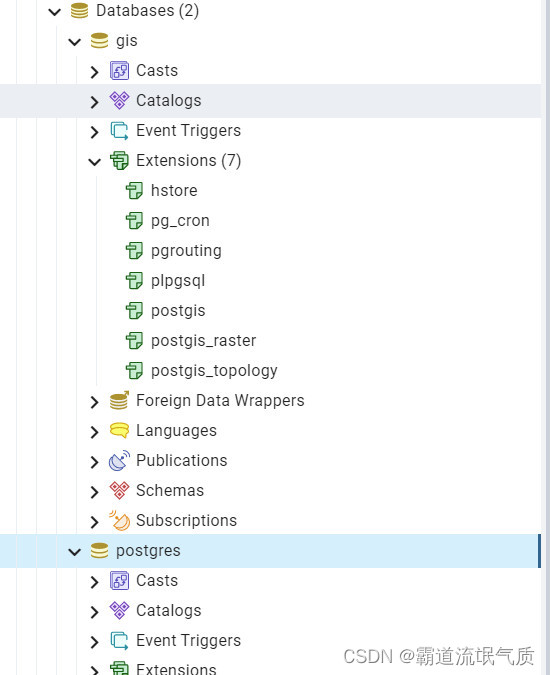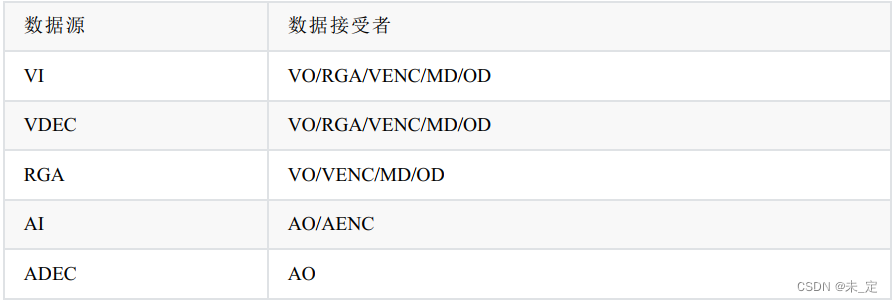前言:大家好,我是小威,24届毕业生,本篇文章是对最近复刷的回溯相关的算法题进行记录,方便复习使用。
如果文章有什么需要改进的地方还请大佬不吝赐教👏👏。
小威在此先感谢各位大佬啦~~🤞🤞

🏠个人主页:小威要向诸佬学习呀
🧑个人简介:大家好,我是小威,一个想要与大家共同进步的男人😉😉
目前状况🎉:24届毕业生,在一家满意的公司实习👏👏💕欢迎大家:这里是CSDN,我总结知识的地方,欢迎来到我的博客,我亲爱的大佬😘
以下正文开始

回溯法思想
在包含问题的所有解的解空间树中,按照深度优先搜索的策略,从根结点出发深度探索解空间树。当探索到某一结点时,要先判断该结点是否包含问题的解,如果包含,就从该结点出发继续探索下去,如果该结点不包含问题的解,则逐层向其祖先结点回溯。(其实回溯法就是对隐式图的深度优先搜索算法)。 若用回溯法求问题的所有解时,要回溯到根,且根结点的所有可行的子树都要已被搜索遍才结束。 而若使用回溯法求任一个解时,只要搜索到问题的一个解就可以结束。下面通过几道题目来应用回溯思想解题。
括号生成
题目:数字 n 代表生成括号的对数,请你设计一个函数,用于能够生成所有可能的并且 有效的 括号组合。
示例 1:
输入:n = 3
输出:[“((()))”,“(()())”,“(())()”,“()(())”,“()()()”]
示例 2:
输入:n = 1
输出:[“()”]
解析:要想满足有效的括号组合,需要使得最终的左括号和右括号相等,而且在任意时刻,左括号数量大于或等于右括号数量。可以采用回溯的算法思想,分别对左括号和右括号数量计数,深度优先遍历,将符合的结果加入结果集合中即可。
class Solution {
public List<String> generateParenthesis(int n) {
ArrayList<String> ans = new ArrayList<>();//定义结果集
backtrack(ans,new StringBuilder(),0,0,n);//两个0代表左括号和右括号的数量
return ans;
}
public void backtrack(List<String> ans,StringBuilder cur,int left,int right,int max){
if (cur.length() == max*2){ //cur计数为n的两倍时符合结果
ans.add(cur.toString()); //将临时符合结果加入结果集中
return;
}
if (left<max){ //对左括号进行判断
cur.append('('); //使用StringBuilder比拼接字符串效率更高
backtrack(ans,cur,left+1,right,max); //将左括号数量+1,继续往下搜索
cur.deleteCharAt(cur.length()-1); //遍历完成后删除
}
if (right<left){ //右括号小于左括号
cur.append(')'); //拼接右括号
backtrack(ans,cur,left,right+1,max); //将左括号数量+1,继续往下搜索
cur.deleteCharAt(cur.length()-1); //遍历完成后删除
}
}
}

电话号码的字母组合
给定一个仅包含数字 2-9 的字符串,返回所有它能表示的字母组合。答案可以按 任意顺序 返回。
给出数字到字母的映射与电话按键相同。注意 1 不对应任何字母。
class Solution {
List<String> list = new ArrayList<>();
public List<String> letterCombinations(String digits) {
if (digits == null || digits.length() == 0) {
return list;
}
//初始对应所有的数字,为了直接对应2-9,新增了两个无效的字符串""
String[] numString = {"", "", "abc", "def", "ghi", "jkl", "mno", "pqrs", "tuv", "wxyz"};
//迭代处理
backTracking(digits, numString, 0);
return list;
}
//每次迭代获取一个字符串,所以会设计大量的字符串拼接,所以这里选择更为高效的 StringBuild
StringBuilder temp = new StringBuilder();
//比如digits如果为"23",num 为0,则str表示2对应的 abc
public void backTracking(String digits, String[] numString, int num) {
//遍历全部一次记录一次得到的字符串
if (num == digits.length()) {
list.add(temp.toString());
return;
}
//str 表示当前num对应的字符串
String str = numString[digits.charAt(num) - '0'];
for (int i = 0; i < str.length(); i++) {
temp.append(str.charAt(i));
//c
backTracking(digits, numString, num + 1);
//剔除末尾的继续尝试
temp.deleteCharAt(temp.length() - 1);
}
}
}
组合总数
给你一个 无重复元素 的整数数组 candidates 和一个目标整数 target ,找出 candidates 中可以使数字和为目标数 target 的 所有 不同组合 ,并以列表形式返回。你可以按 任意顺序 返回这些组合。
candidates 中的 同一个 数字可以 无限制重复被选取 。如果至少一个数字的被选数量不同,则两种组合是不同的。
对于给定的输入,保证和为 target 的不同组合数少于 150 个。
示例 1:
输入:candidates = [2,3,6,7], target = 7
输出:[[2,2,3],[7]]
解释: 2 和 3 可以形成一组候选,2 + 2 + 3 = 7 。注意 2 可以使用多次。 7 也是一个候选, 7 = 7 。 仅有这两种组合。
示例 2:
输入: candidates = [2,3,5], target = 8
输出: [[2,2,2,2],[2,3,3],[3,5]]
示例3:
输入: candidates = [2], target = 1
输出: []
class Solution {
public List<List<Integer>> res=new ArrayList<>();
public List<Integer> path=new ArrayList<>();
public List<List<Integer>> combinationSum(int[] candidates, int target) {
if(candidates.length==0||candidates==null) return res;
Arrays.sort(candidates);
dfs(candidates,0,0,target);
return res;
}
public void dfs(int [] candidates,int begin,int sum,int target){
if(sum>=target){
if(sum==target){
res.add(new ArrayList<Integer>(path));
}
return;
}
for(int i=begin;i<candidates.length;i++){
path.add(candidates[i]);
dfs(candidates,i,sum+candidates[i],target);
path.remove(path.size()-1);
}
return;
}
}

全排列
给定一个不含重复数字的数组 nums ,返回其 所有可能的全排列 。你可以 按任意顺序 返回答案。
示例 1:
输入:nums = [1,2,3]
输出:[[1,2,3],[1,3,2],[2,1,3],[2,3,1],[3,1,2],[3,2,1]]
示例 2:
输入:nums = [0,1]
输出:[[0,1],[1,0]]
示例 3:
输入:nums = [1]
输出:[[1]]
解析:本题可采用回溯的思想,同时定义一个数组isused,进行循环遍历时,先判断这个下标对应的数组是否被用到过,如果被用到过,则不将其加入临时链表中,对i++进行下一轮循环,符合条件时将临时链表加入结果集中,返回,之后移除遍历过的元素,并将其对应的isused数组置为false,代码如下:
class Solution {
public List<List<Integer>> permute(int[] nums) {
List<List<Integer>> res=new ArrayList<>();
List<Integer> path=new ArrayList<>();
if(nums.length==0||nums==null) return res;
boolean[] isused=new boolean[nums.length];
dfs(nums,isused,res,path);
return res;
}
public void dfs(int[] nums,boolean[] isused,List<List<Integer>> res,List<Integer> path){
if(path.size()==nums.length){
res.add(new ArrayList<Integer>(path));
return;
}
for(int i=0;i<nums.length;i++){
if(!isused[i]){
path.add(nums[i]);
isused[i]=true;
dfs(nums,isused,res,path);
path.remove(path.size()-1);
isused[i]=false;
}
}
return;
}
}
子集
给你一个整数数组 nums ,数组中的元素 互不相同 。返回该数组所有可能的子集(幂集)。
解集 不能 包含重复的子集。你可以按 任意顺序 返回解集。
示例 1:
输入:nums = [1,2,3]
输出:[[],[1],[2],[1,2],[3],[1,3],[2,3],[1,2,3]]
示例 2:
输入:nums = [0]
输出:[[],[0]]
class Solution {
List<List<Integer>> result =new ArrayList<>();
List <Integer> path=new ArrayList<>();
public List<List<Integer>> subsets(int[] nums) {
if(nums.length==0||nums==null){
return result;
}
subsetsHelper(nums,0);
return result;
}
private void subsetsHelper(int[] nums, int startIndex){
result.add(new ArrayList<Integer>(path));
if(startIndex>=nums.length) return;
for(int i=startIndex;i<nums.length;i++){
path.add(nums[i]);
subsetsHelper(nums,i+1);//回溯
path.remove(path.size()-1);//
}
return;
}
}

文章到这里就结束了,如果有什么疑问的地方请指出,诸佬们一起讨论🍻
希望能和诸佬们一起努力,今后进入到心仪的公司
再次感谢各位小伙伴儿们的支持🤞
